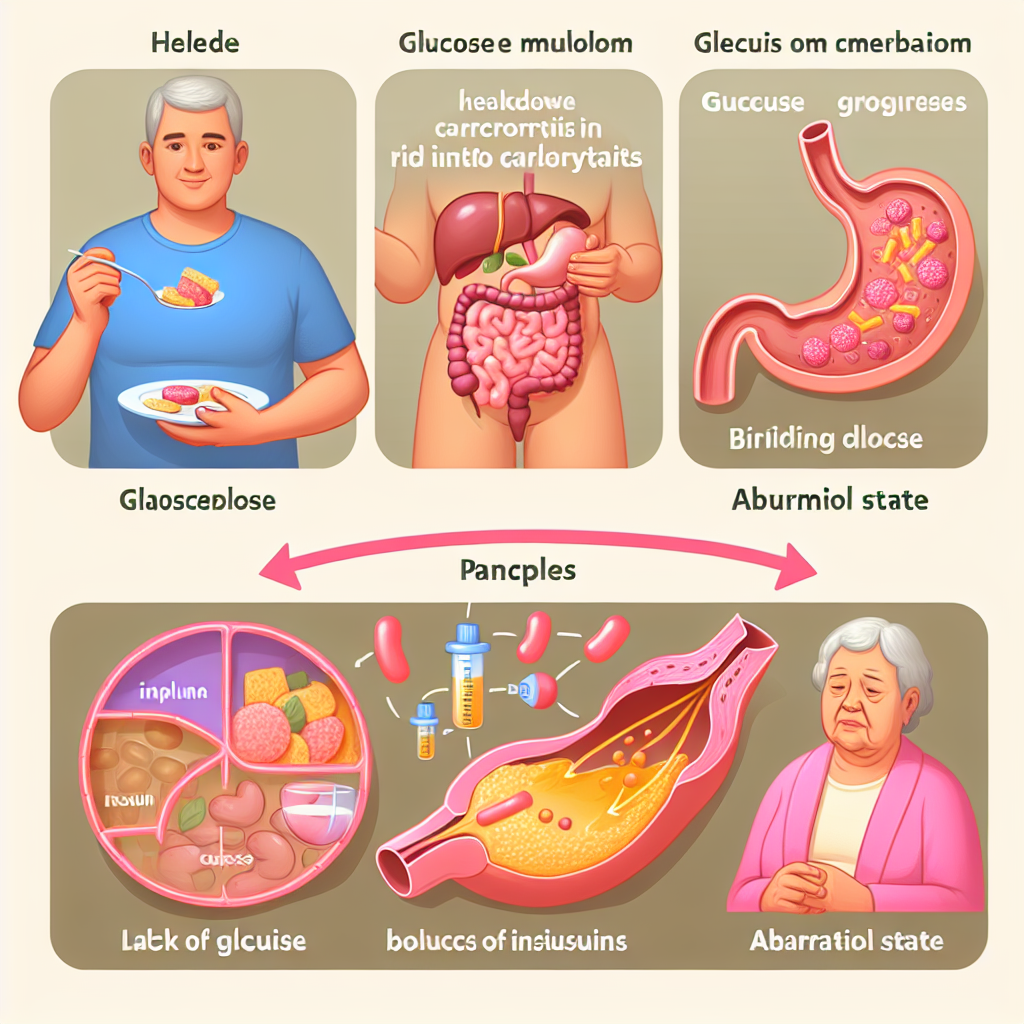
Key Takeaways
-
Warm water soaks can lower blood glucose levels, making them a beneficial addition to diabetes management.
-
Hydrotherapy improves circulation, which is crucial for maintaining healthy diabetic skin.
-
The ideal water temperature for diabetic hydrotherapy is warm, but not too hot, to avoid skin damage.
-
Adding gentle exfoliation and moisturizing after soaking can enhance skin health.
-
Always consult with your healthcare provider before starting a new hydrotherapy routine.
Why Your Skin Loves Hydrotherapy
Imagine giving your skin a vacation, a soothing retreat that not only relaxes but also brings a bounty of health benefits. That’s exactly what hydrotherapy does for your skin, especially when you’re managing diabetes. The warm embrace of water can be a game-changer for your skin’s health, and here’s why.
Link Between Diabetes and Skin Health
First things first, let’s talk about why your skin needs that extra TLC when you have diabetes. Your skin is your body’s largest organ and when you’re dealing with diabetes, it can take a hit. Poor circulation and high blood sugar levels can lead to dryness, cracking, and even infections. That’s where hydrotherapy comes in, offering a soothing solution that helps improve circulation and skin hydration.
But remember, it’s not just about jumping into a tub of water. You need to do it right to reap the benefits. And that’s what I’m here to help you with. So let’s dive in and get your skin the care it deserves.
How Hydrotherapy Benefits Diabetic Skin
Hydrotherapy isn’t just a fancy term for taking a bath. It’s a therapeutic approach that uses water to improve health and well-being. For diabetic skin, hydrotherapy means more than just cleaning; it means rejuvenation and protection. The warm water helps open up blood vessels, enhancing circulation to those areas that might be struggling due to diabetes. This improved blood flow brings nutrients and oxygen to the skin, promoting healing and reducing the risk of skin complications associated with diabetes.
Starting with the Basics: Water Temperature
When it comes to hydrotherapy, water temperature isn’t a one-size-fits-all situation. It’s crucial to find that sweet spot that’s warm enough to stimulate circulation but not too hot to cause harm.
Finding the Ideal Water Temperature for Diabetic Skin
The perfect temperature for your hydrotherapy session should feel warm and soothing, without causing any redness or discomfort. Typically, this is around 92°F to 100°F (33°C to 37°C). Why this range? Because it’s gentle on your skin and won’t exacerbate any existing conditions, like neuropathy, which can make it difficult to gauge heat levels.
Benefits of Warm Soaks for Glucose Levels
Did you know that a warm bath can do more than just cleanse and relax your skin? Studies have shown that soaking in warm water can actually help lower blood glucose levels. This means that when you’re enjoying that warm, soothing soak, you’re also helping your body manage diabetes more effectively. It’s a win-win for your skin and your overall health.
Home Hydrotherapy Techniques
Now, let’s get to the practical part—how to do hydrotherapy at home. It’s simpler than you might think, and you don’t need any fancy equipment.
Gentle Exfoliation: How and Why
Exfoliation is your friend, especially when it comes to diabetic skin care. But it’s important to keep it gentle. Use a soft cloth or brush to lightly rub your skin in circular motions. This will help remove dead skin cells, boost circulation, and allow your skin to absorb moisture more effectively.
Remember, your skin might be more sensitive due to diabetes, so if you notice any redness or discomfort, take it as a sign to ease up on the pressure or frequency of exfoliation.
Moisture Lock: Best Practices Post-Soak
After you’ve soaked and gently exfoliated, it’s crucial to lock in moisture. Pat your skin dry with a soft towel—don’t rub, as this can be too harsh on delicate diabetic skin. Immediately apply a fragrance-free moisturizer to seal in hydration. Look for products containing ceramides or hyaluronic acid, which are great for boosting your skin’s natural barrier. This step is vital because moist skin is more resilient and less likely to crack or become infected.
Timing Your Hydrotherapy Routine

“Time Change Can Affect Your Health” from www.ashevillefm.org and used with no modifications.
Consistency is key with hydrotherapy. Aim to indulge in your routine a few times a week. The best time for hydrotherapy is when you can relax and won’t be rushed. Many people find that soaking in the evening helps them wind down before bed. But listen to your body—if you notice your skin feeling particularly dry or you’re having a stressful day, it might be the perfect time for a warm, soothing soak.
Hydrotherapy Setup at Home

Setting up a hydrotherapy space at home is straightforward. You’ll need a bathtub, of course, and some peace and quiet. Make sure the room is warm enough so you won’t feel cold when you step out of the bath. Soft lighting and perhaps some gentle music can enhance the relaxation benefits of your hydrotherapy session.
Creating Your Hydrotherapy Space
Creating a calming environment is just as important as the bath itself. If you’re using a regular bathtub, consider adding a bath pillow for neck support. Keep your towels and moisturizer within reach so you can apply them while your skin is still damp. And, of course, safety first—ensure you have a non-slip bath mat to prevent falls, which can be a risk if you have neuropathy.
Epsom Salts and Oils: Enhancing the Experience
To boost the therapeutic effects of your soak, consider adding Epsom salts. Epsom salts can help to relax muscles and reduce inflammation. A few drops of essential oils like lavender or chamomile can also promote relaxation. However, make sure to patch test any new product on a small area of skin first to ensure you don’t have a reaction.
And remember, while Epsom salts and essential oils can be beneficial, they are not necessary for a successful hydrotherapy session. The warm water itself is the star of the show.
Precautions and Product Selection
When you’re dealing with diabetic skin, you need to be extra careful about the products you choose. Your skin is more susceptible to damage, and some products can do more harm than good.
Choosing the Right Skin Care Products
Opt for mild, hypoallergenic products without dyes or perfumes. These additives can irritate your skin or cause allergic reactions. Also, be wary of bath oils; while they can add a luxurious feel to your bath, they can also make the tub slippery, which is a risk you don’t want to take.
Understanding Diabetic Skin’s Unique Needs
Diabetic skin can be drier and more prone to injury. It’s also less able to fight off bacteria, which means even a small cut or scratch can become a big problem. That’s why it’s so important to keep your skin clean, moisturized, and protected. And that’s exactly what a well-planned hydrotherapy routine can help you achieve.
Tracking Progress and Adjustments
Like any good health routine, tracking your progress can help you see what’s working and what might need adjusting. This is especially true for hydrotherapy, where the benefits to your skin might be subtle at first.
Documenting Skin Health Over Time
Keep a journal of your skin’s condition before and after hydrotherapy sessions. Note any changes in dryness, sensitivity, or healing of minor wounds. This will help you tailor your routine to your skin’s needs and provide valuable information to share with your healthcare provider.
-
Track the frequency and duration of your soaks.
-
Note the water temperature and any products you use.
-
Record how your skin feels immediately after the soak and the next day.
By paying attention to how your skin responds to hydrotherapy, you can make informed decisions that will keep your skin healthy and happy.
When to Adapt Your Hydrotherapy Practice
Just like any other aspect of diabetes management, your hydrotherapy routine may need to change over time. Pay attention to how your skin reacts to the treatments. If you notice increased dryness, irritation, or any other adverse effects, it’s time to reassess. Perhaps the water is too hot, or you’re soaking too long. It might also be that your skin’s needs have changed, and your routine needs to evolve to match.
Most importantly, stay in tune with your body. If you find that your skin is thriving with a certain routine, stick with it. But if you’ve hit a plateau or are seeing negative changes, don’t hesitate to try something new. Your skin will thank you for it.
Frequently Asked Questions (FAQ)
Let’s address some common questions you might have about hydrotherapy and diabetic skin health. Armed with the right information, you can make the best choices for your skin and overall well-being.
1. Can hydrotherapy really lower my glucose levels?
Yes, hydrotherapy can indeed help lower glucose levels. Studies have shown that soaking in warm water can improve insulin sensitivity and reduce blood sugar levels. This is likely due to the increase in blood flow and the body’s relaxation response, which can help to lower stress hormones that raise glucose levels.
2. What is the best time of day for hydrotherapy if you have diabetes?
The best time for hydrotherapy is when it fits comfortably into your schedule and allows you to relax fully. Many people with diabetes find that an evening soak helps them unwind before bedtime, which can also improve sleep quality. However, the most important factor is consistency, so choose a time that you can stick to regularly.
3. Are there risks associated with hydrotherapy for diabetics?
While hydrotherapy is generally safe for individuals with diabetes, there are some precautions to keep in mind. Always check the water temperature with your elbow or a thermometer to avoid burns, especially if you have neuropathy. Also, avoid long soaks that could lead to skin maceration or infections, and always moisturize after bathing to protect your skin.
4. How often should I practice hydrotherapy for the best results?
Aim for a few times a week to start, and adjust as needed based on your skin’s response. Regular hydrotherapy sessions can help maintain skin health, but it’s important to listen to your body and not overdo it. If you’re unsure, consult with your healthcare provider for personalized advice.
5. Can I use any bath products during my hydrotherapy sessions?
Always choose bath products carefully, especially if you have diabetes. Opt for mild, unscented products designed for sensitive skin. Avoid bubble baths and other products with high alcohol content, which can dry out your skin. Epsom salts can be beneficial for muscle relaxation, but if you’re unsure about a product, it’s best to consult with a healthcare professional.
Hydrotherapy can be a fantastic addition to your diabetes management plan, offering both physical and mental health benefits. By following these tips and listening to your body, you can enjoy the soothing, healing properties of water and help keep your skin in top condition. Remember to keep track of your skin’s health, stay consistent with your routine, and always prioritize safety in your hydrotherapy sessions.


